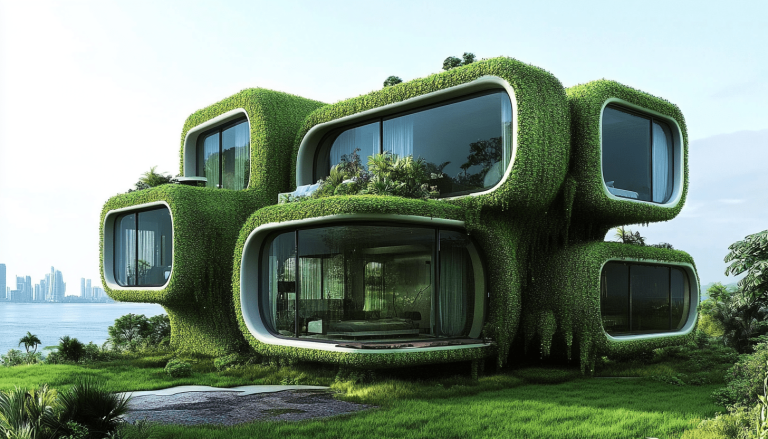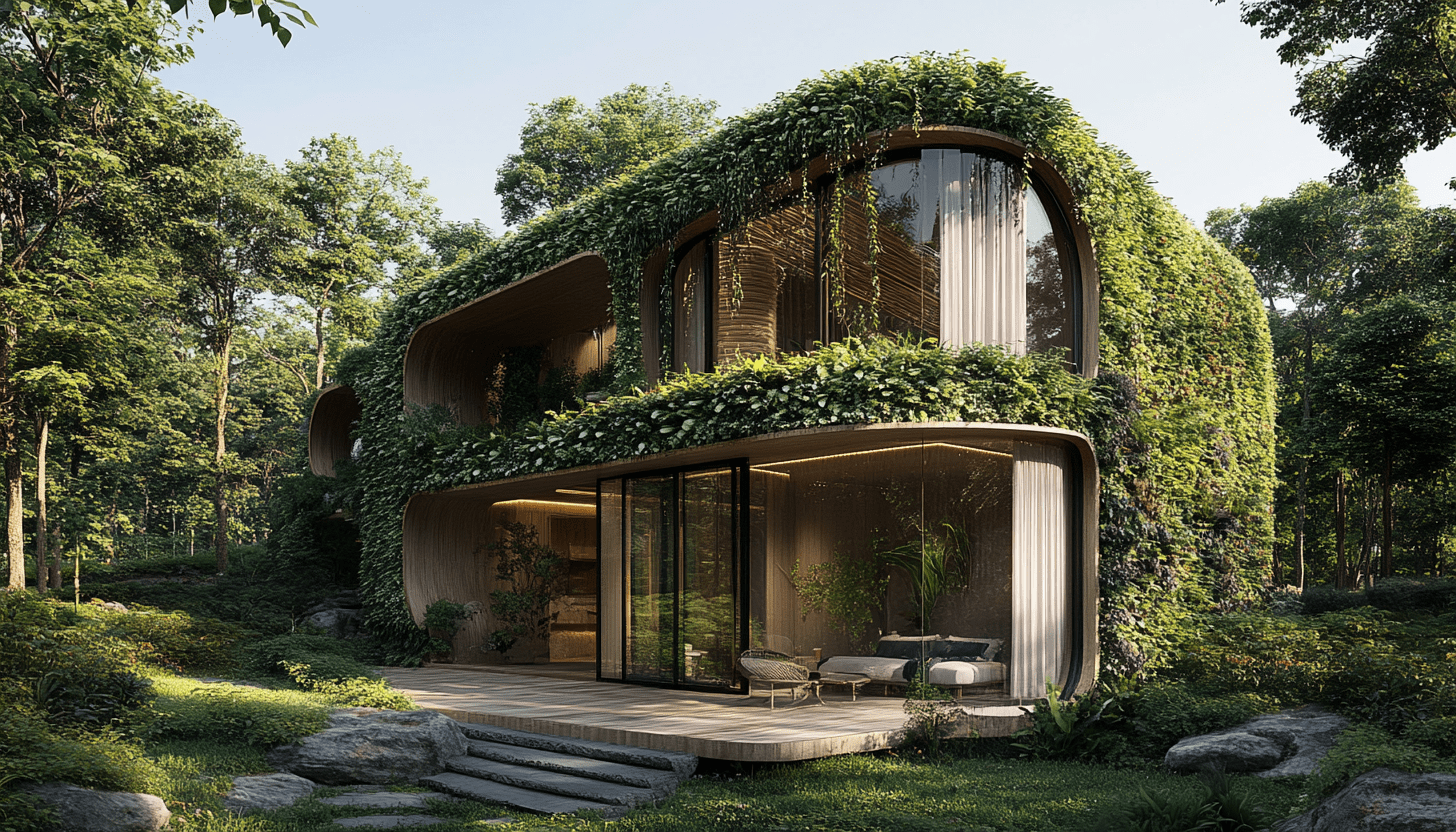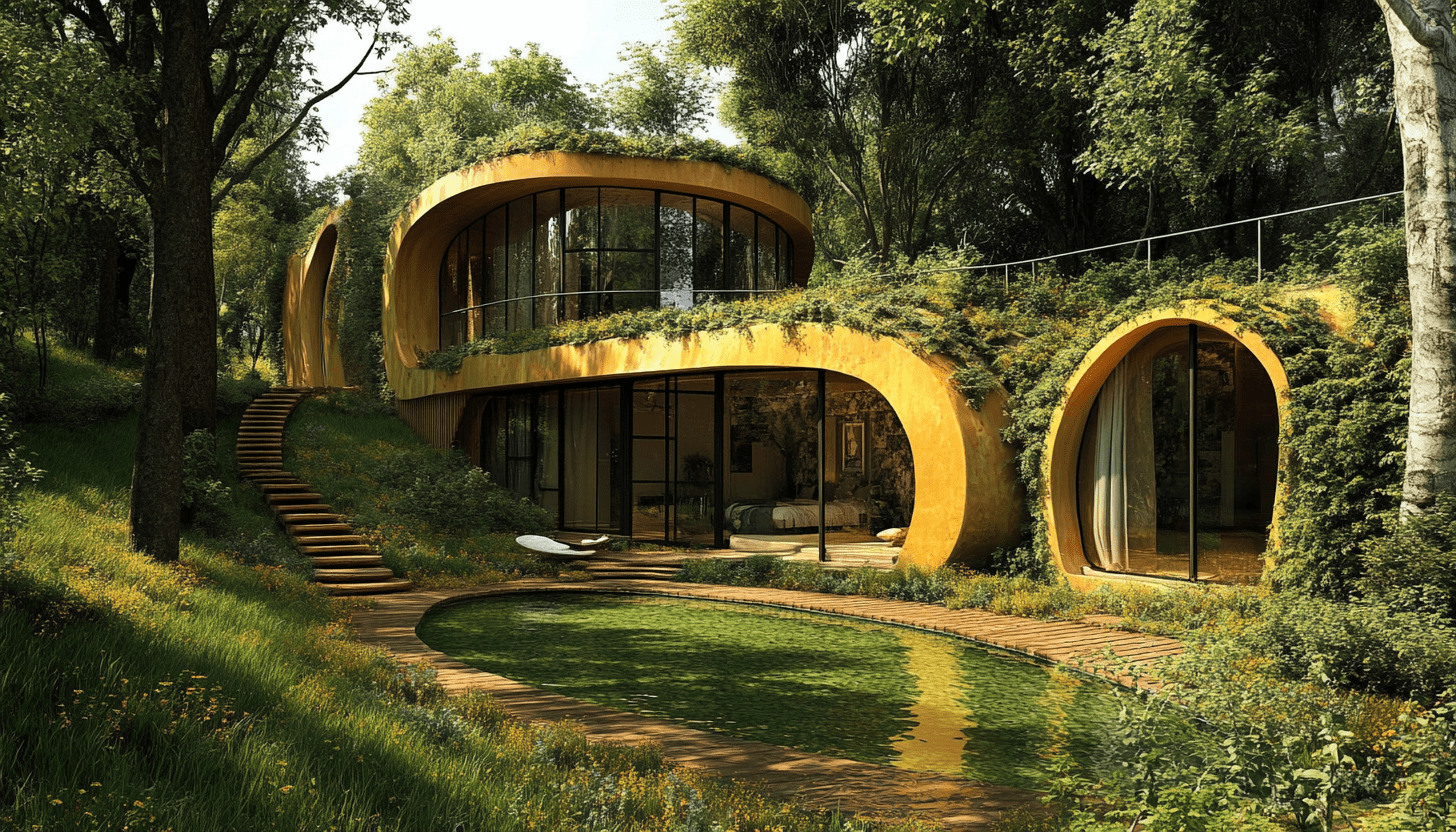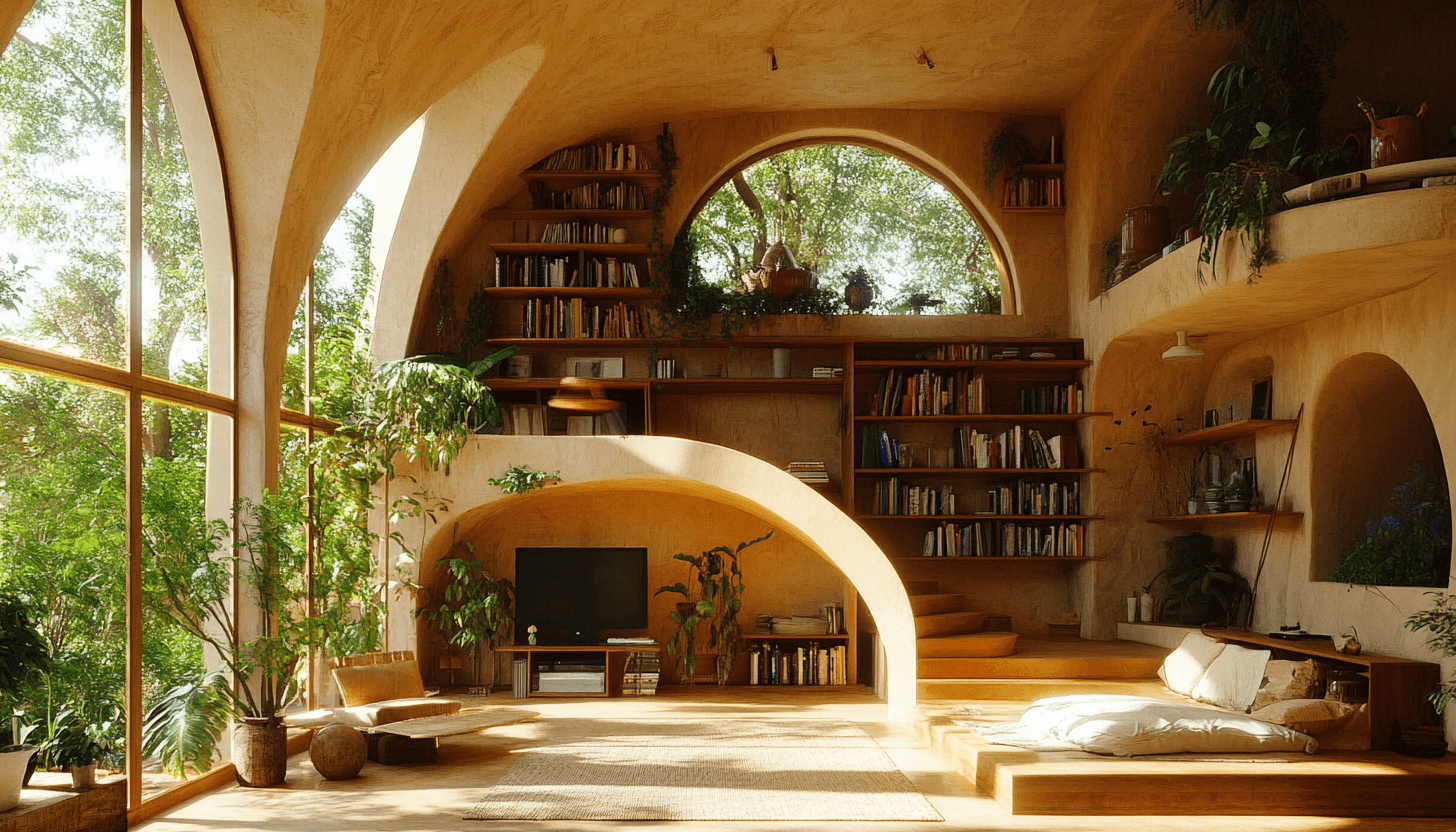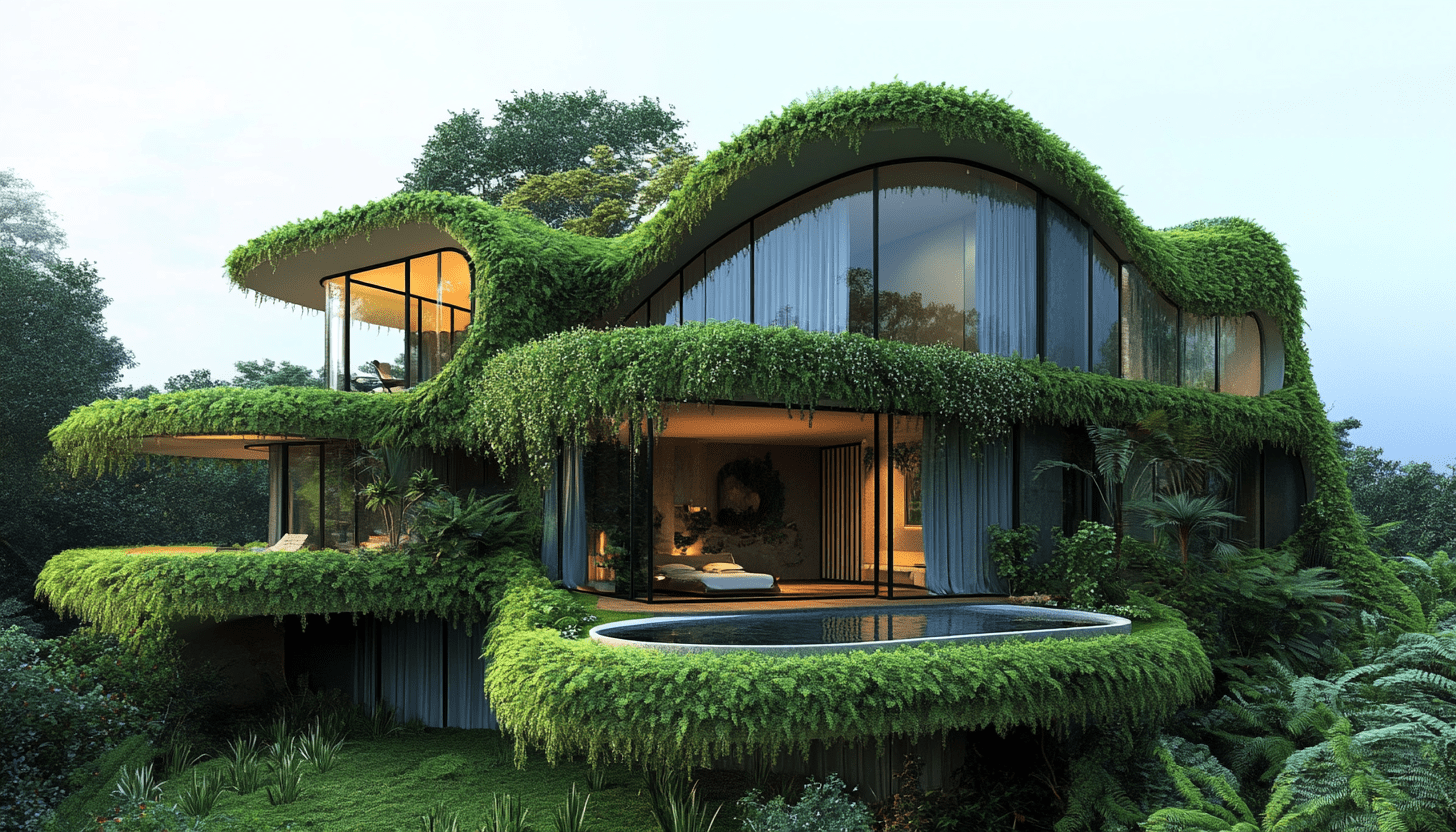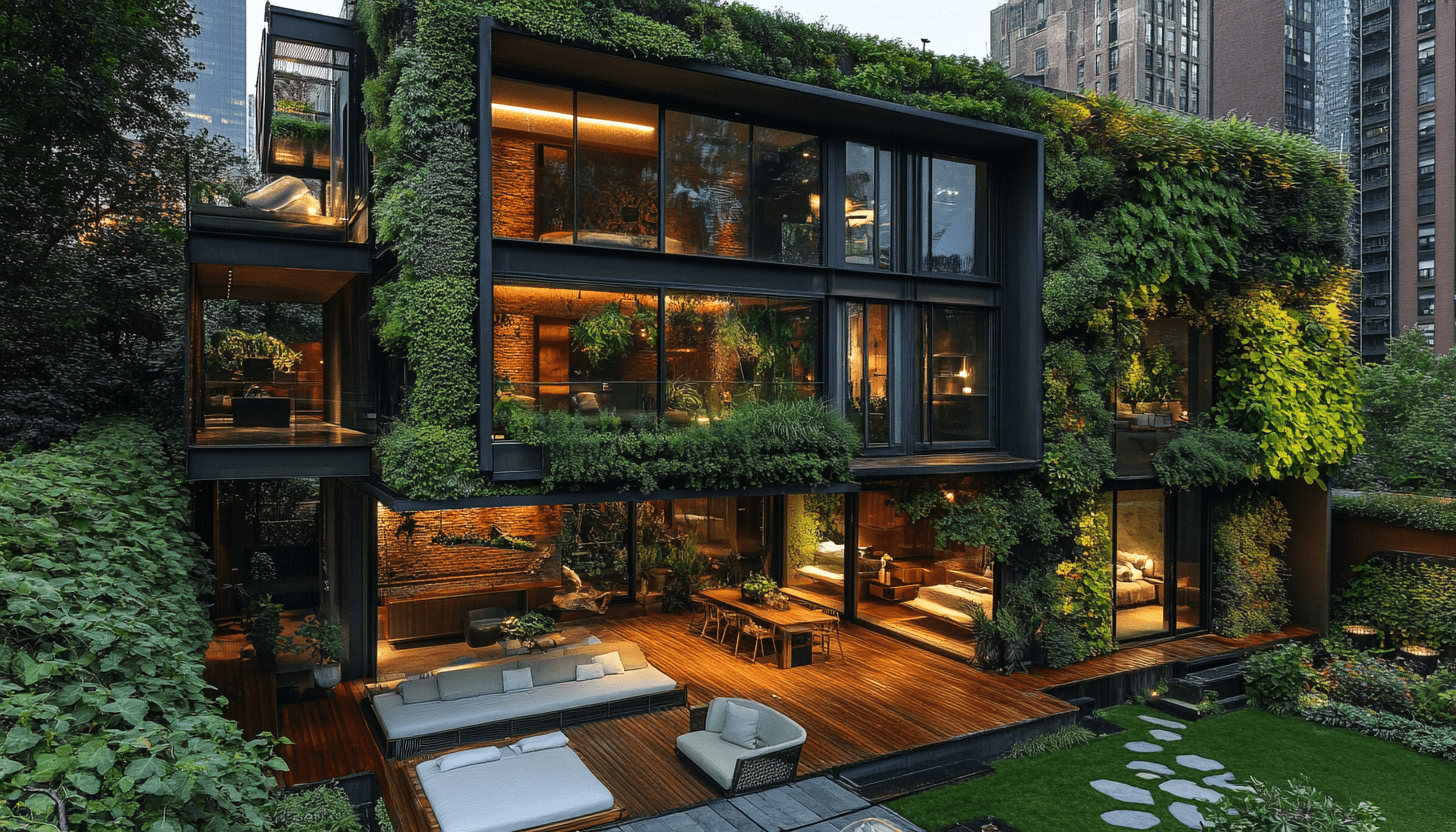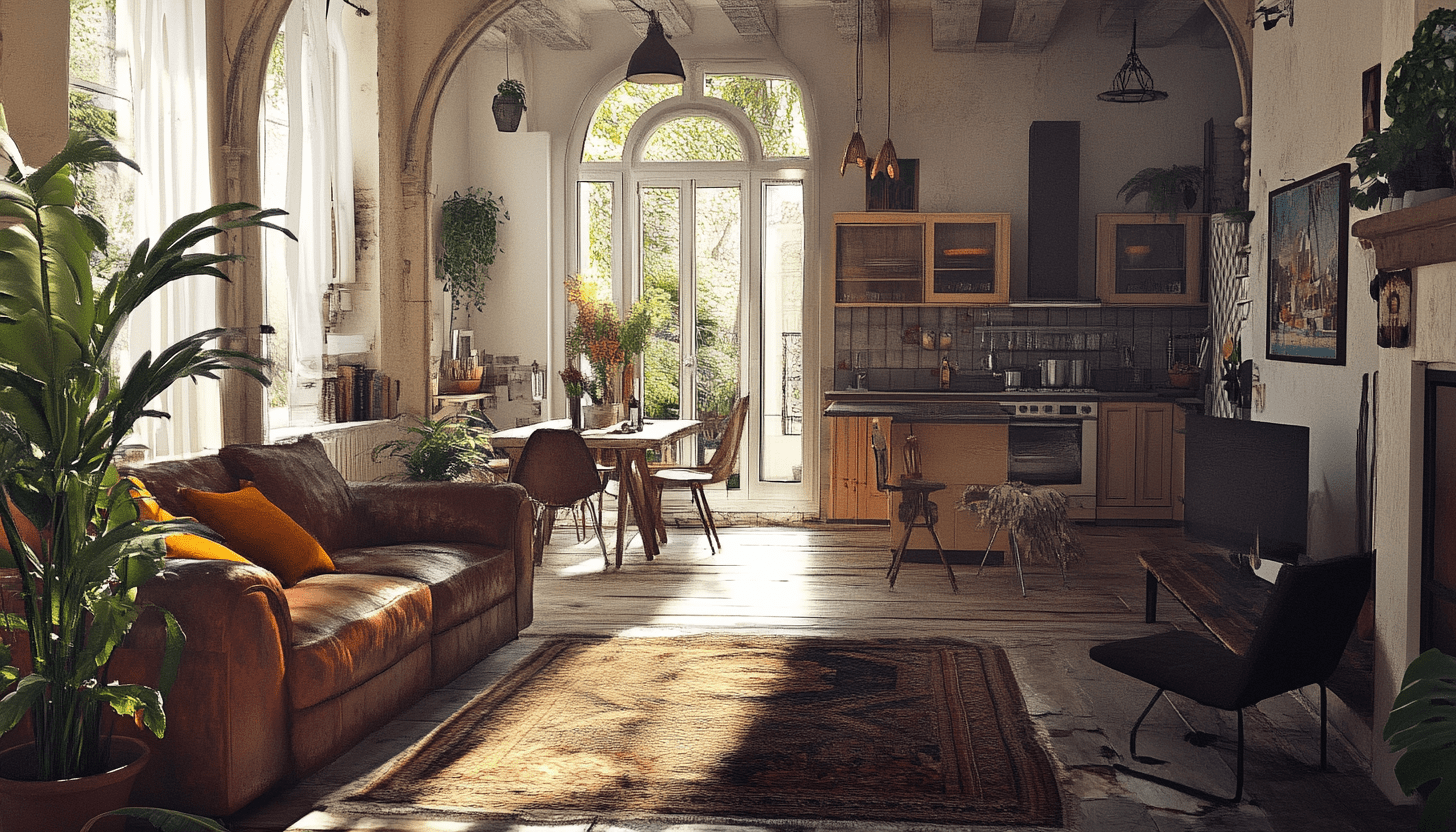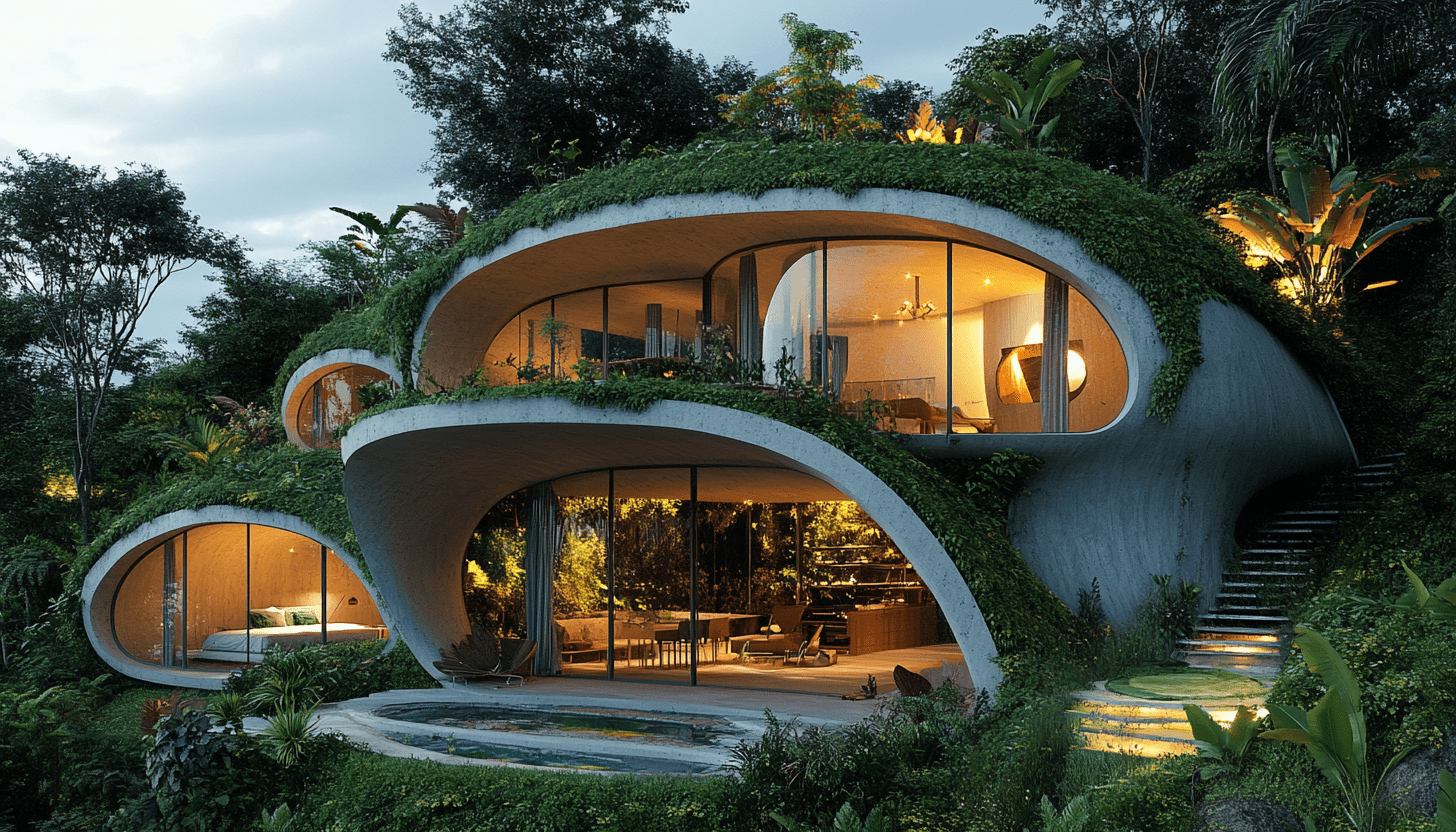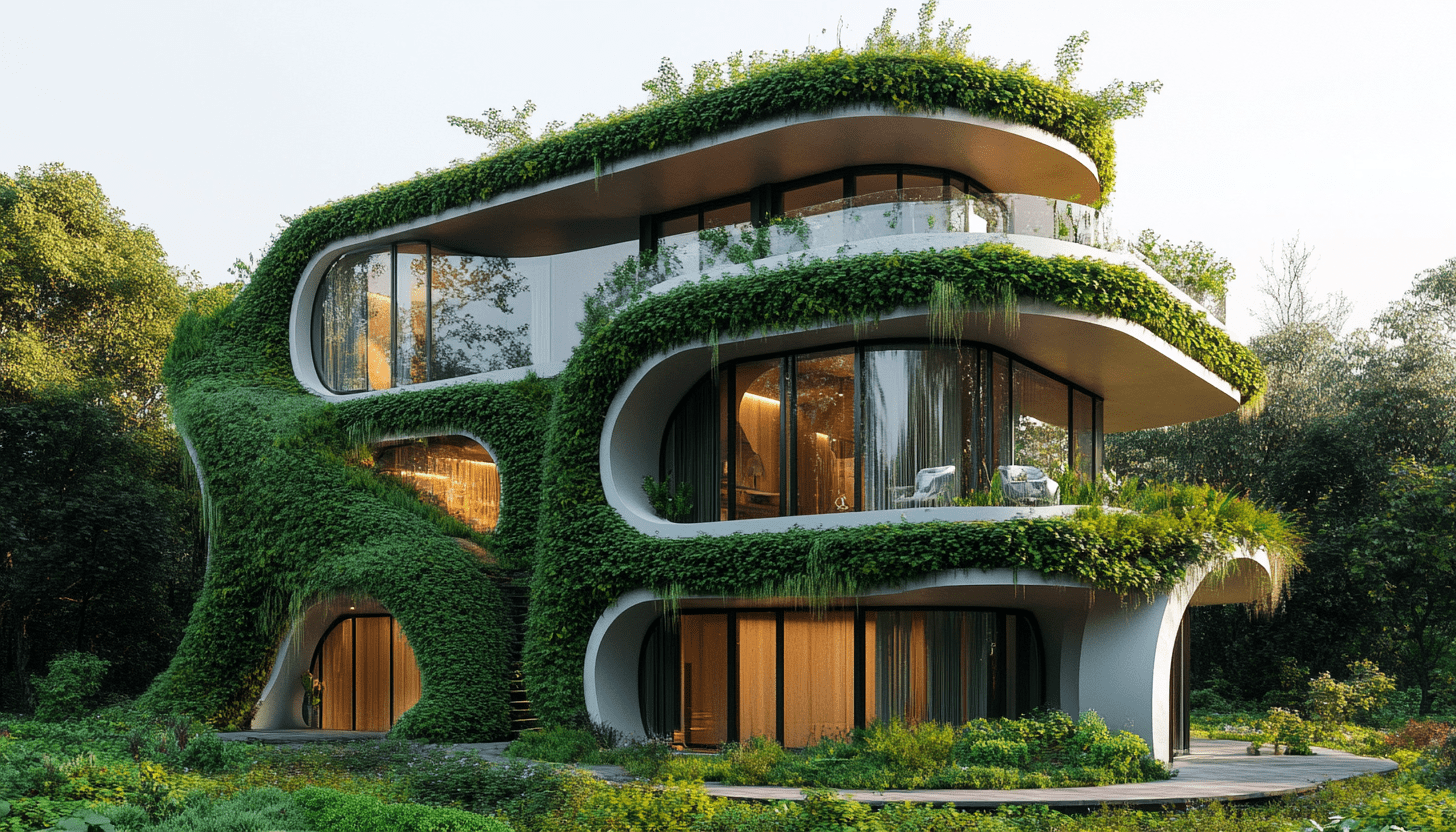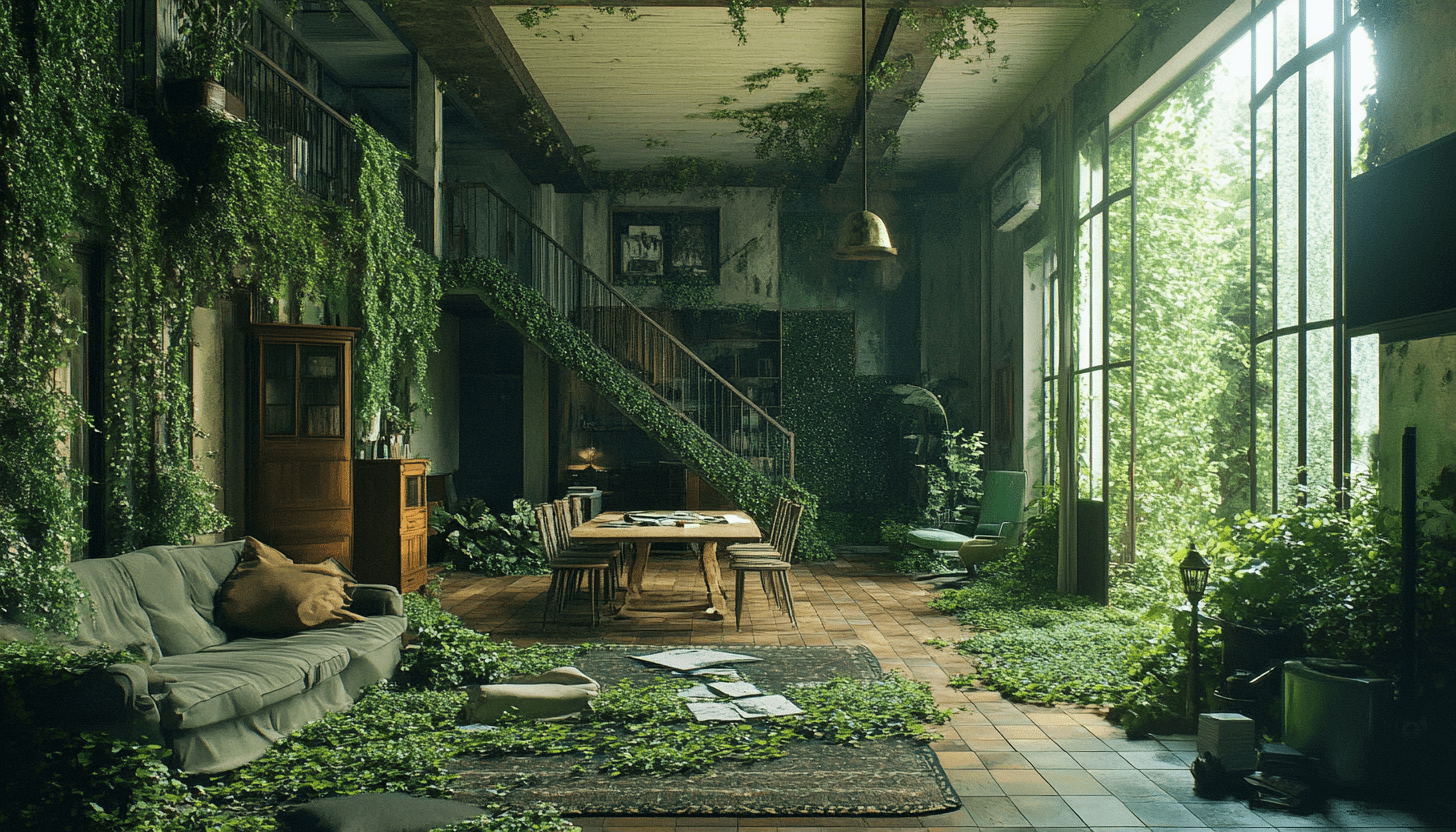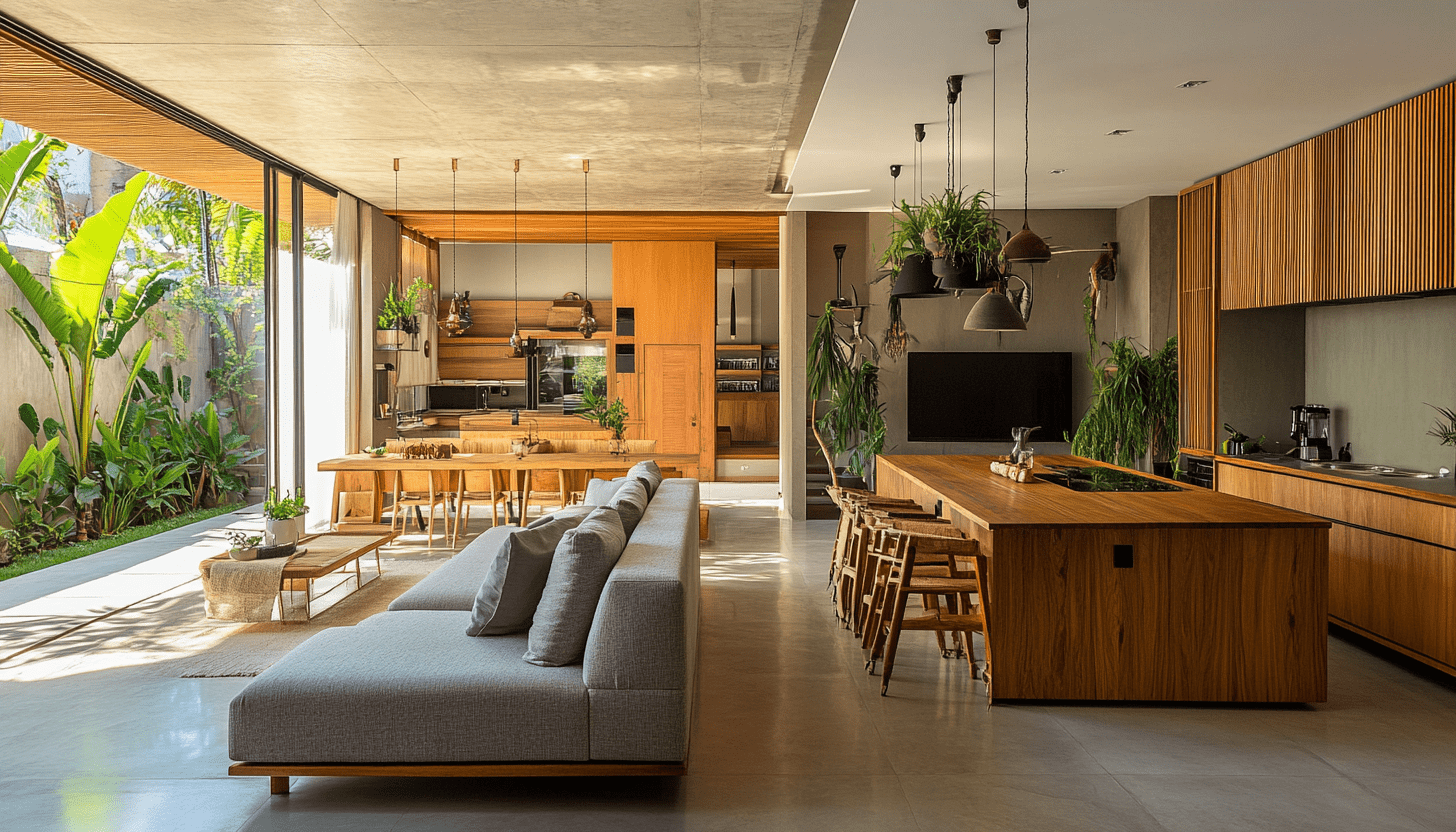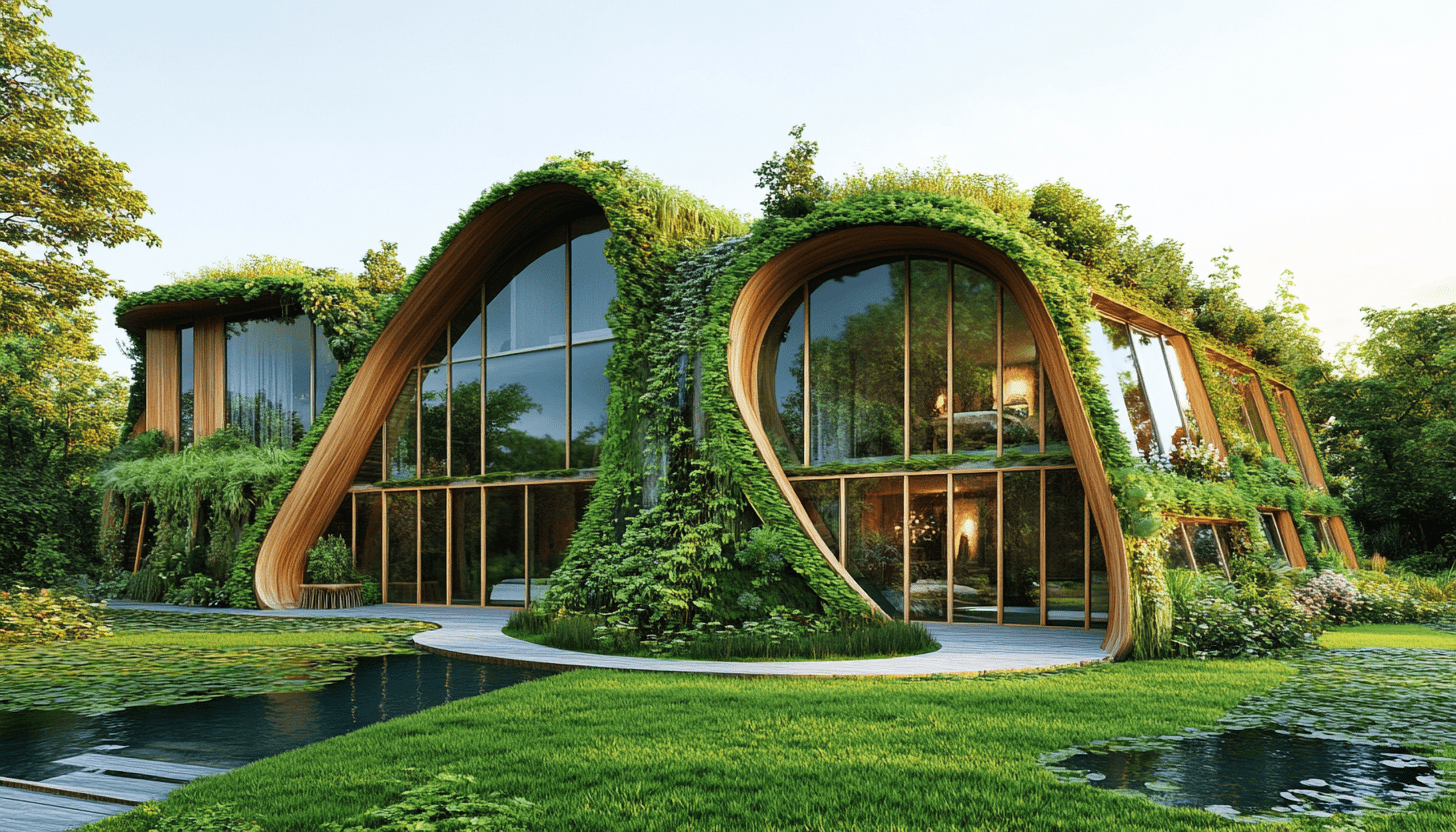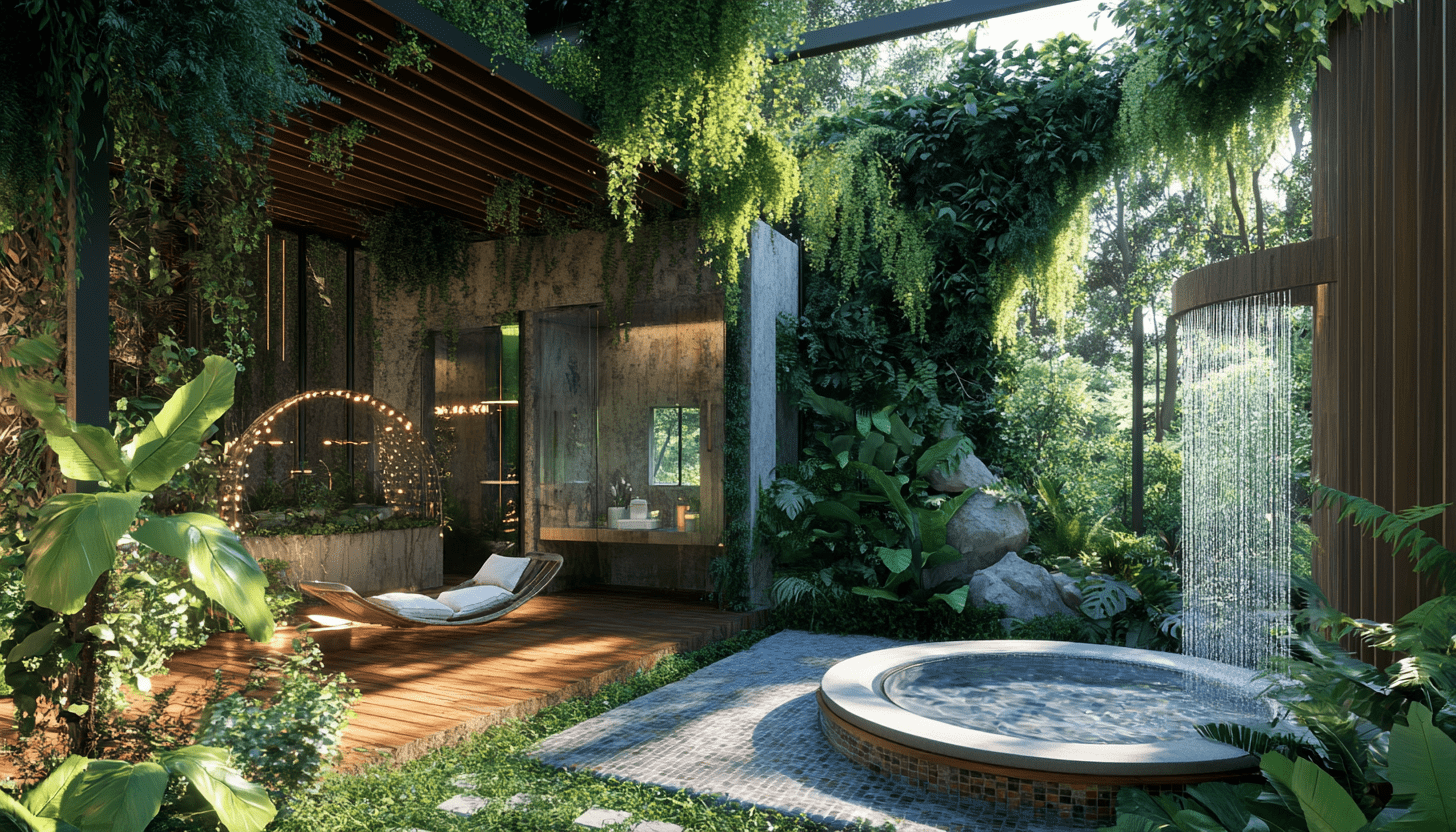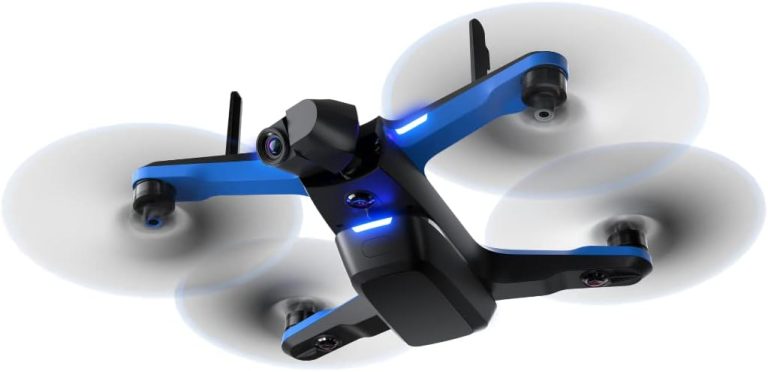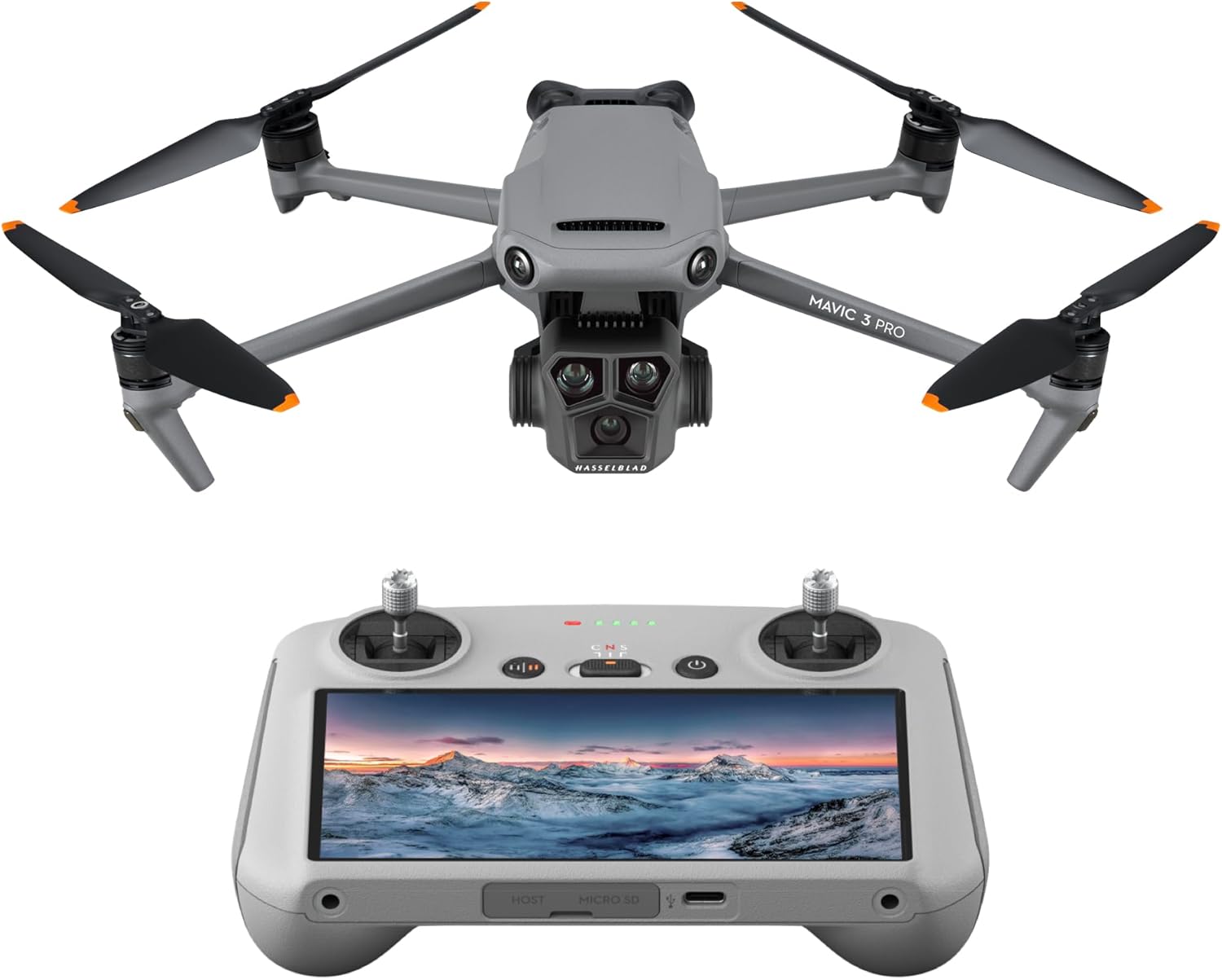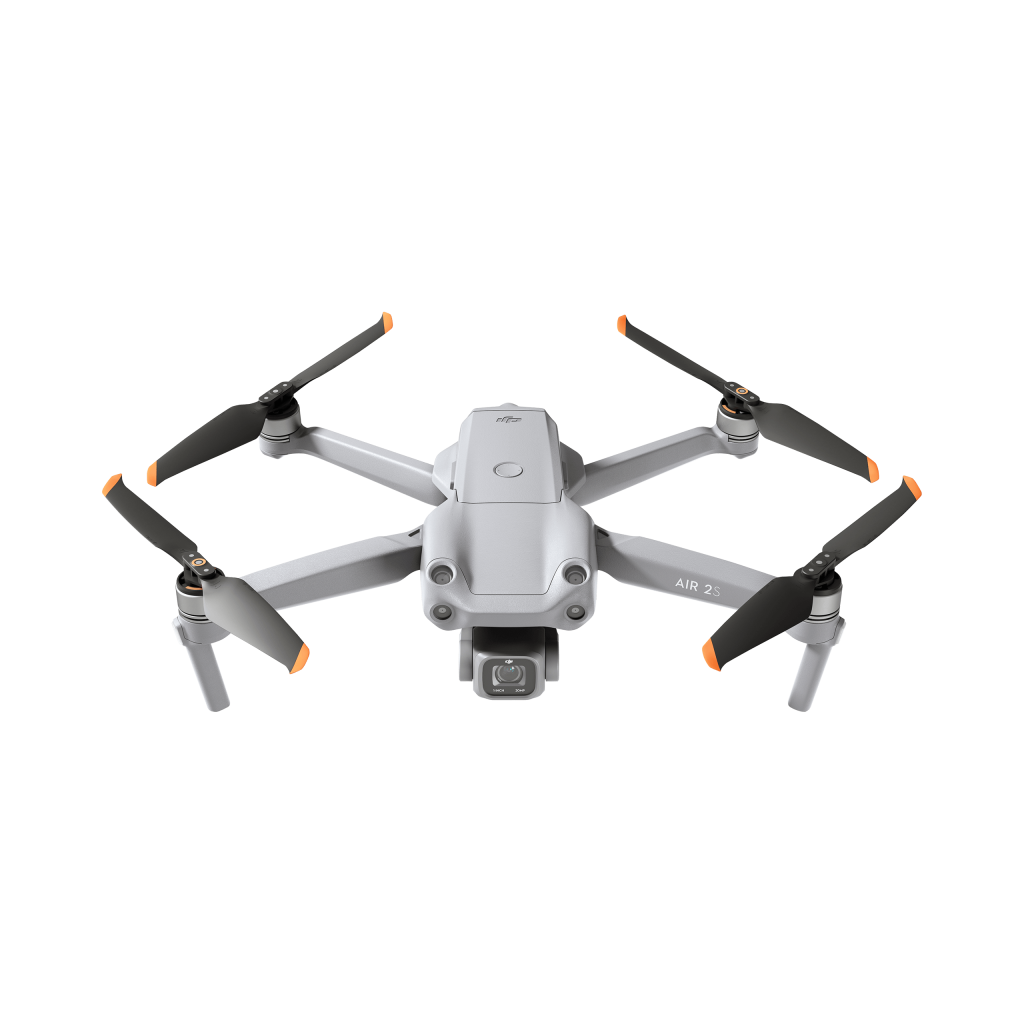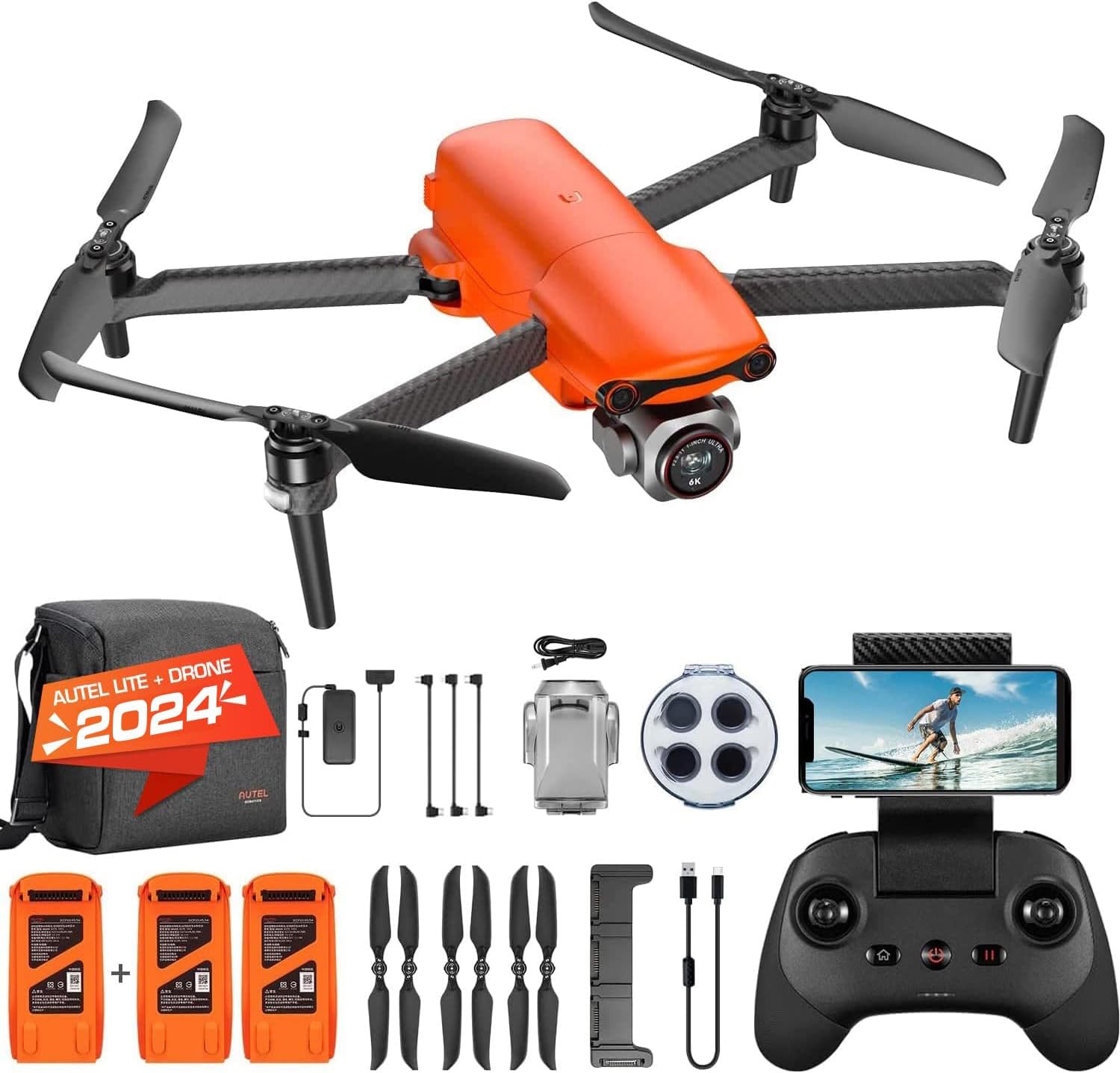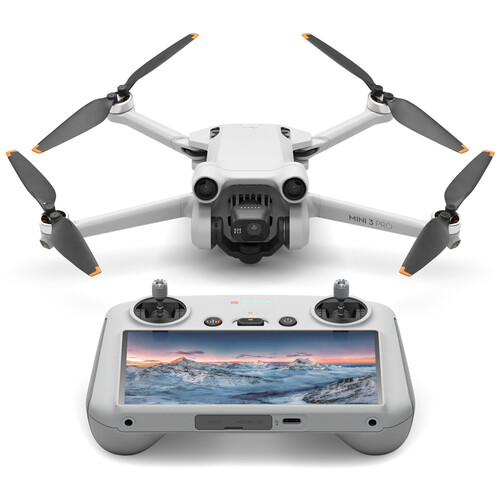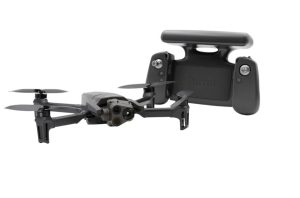The Interior Photos That Will Make You Love Interior Decoration
Interior decoration is an art that transforms spaces into expressions of personality, style, and comfort. Whether you’re looking to revamp a single room or redesign an entire home, the beauty of interior decoration lies in its ability to convey creativity, functionality, and beauty all at once. But how do you get started? How can you turn your home into a beautiful haven that reflects your taste and preferences?
In this article, we’ll explore interior design ideas, look at stunning interior photos, and provide inspiration from designers and photographers who have mastered the art of home aesthetics. We’ll also dive into the essentials of interior decoration, offering practical tips and strategies for transforming any space in your house.
Key Takeaways:
- Interior decoration is an art that combines aesthetics with functionality.
- Stunning interior photos can serve as inspiration for your own home.
- New trends in interior design focus on sustainability, technology, and biophilic design.
- Practical tips for decorating your home include starting with a clear vision, playing with color, and incorporating texture.
What is Interior Decoration?
Interior decoration is much more than just choosing furniture and paint colors. It involves a deep understanding of aesthetics, space planning, and how design choices can improve the functionality and ambiance of a space. From modern homes to farmhouse interiors, the goal of interior decoration is to create environments that reflect the personality and lifestyle of the people living there.
At its core, interior decoration focuses on:
- Functionality: Making sure that each space in your home serves its intended purpose effectively.
- Aesthetics: Balancing beauty, design, and colors to create a visually appealing space.
- Comfort: Ensuring that every element in your home promotes comfort and ease.
The Role of an Interior Designer
An interior designer brings together all the elements of design—colors, textures, furniture, lighting, and layout—to create a cohesive look. Whether you hire a professional or design on your own, having a clear vision is the key to creating a stunning home.
“Good design is not about making things look pretty, it’s about making them work better for the people who use them.” – Unknown
The Power of Interior Photography
Interior photography plays a significant role in showcasing interior design. The right photograph can capture the beauty of a well-designed space and provide inspiration for others. Photographers who specialize in interior photography are skilled at using light, angles, and composition to bring out the best in a home’s interior.
Whether you’re sharing photos of your home on Instagram, a blog, or looking for inspiration online, well-crafted interior photos help you visualize how design elements come together.
Key Elements of a Great Interior Photo
To get the most out of interior photos, look for the following elements:
- Lighting: The right lighting can dramatically change the feel of a room.
- Composition: The arrangement of furniture, decor, and space in a photo creates a sense of balance.
- Focus on Details: Close-up shots of unique design elements can help emphasize style.
Interior Design Ideas for Every Space
Creating a beautiful home starts with having the right ideas for each room. From kitchens to living rooms, bedrooms to dining areas, the possibilities are endless. Here are a few interior design ideas to inspire you.
Living Room Design Ideas
The living room is often the heart of the home, where families gather and entertain guests. Here are a few design ideas to create a cozy and stylish living room:
- Bold Statement Pieces: Use bold furniture or artwork to add a unique touch.
- Mix Textures: Combining different textures, like leather, linen, or velvet, can create depth and interest.
- Layered Lighting: Incorporate a variety of light sources, such as floor lamps, ceiling lights, and accent lighting, to set different moods.
Kitchen Design Ideas
A modern kitchen can be both functional and beautiful. Here are some tips for designing a kitchen that works for you:
- Open Shelving: Expose your most stylish dishes and kitchenware on open shelves.
- Sleek Countertops: Invest in durable materials like quartz or granite for a clean and modern look.
- Smart Storage Solutions: Maximize your space with pull-out drawers and corner cabinets.
Bedroom Design Ideas
Your bedroom should be a sanctuary where you can relax and unwind. Here are a few interior design ideas for the bedroom:
- Soft Color Palettes: Light tones like pastels or neutrals can create a calming atmosphere.
- Statement Lighting: Consider using a statement light fixture, like a chandelier, to add drama.
- Comfortable Bedding: Invest in high-quality sheets and comforters for a luxurious feel.
Stunning Interior Photos to Inspire You
Nothing captures the beauty of interior design like stunning interior photos. Whether you find them on Pinterest, Instagram, or interior design blogs, these photos will make you fall in love with interior decoration all over again.
1. Modern Minimalism
Minimalist homes often focus on clean lines, neutral tones, and functional design. Interior designers love to use negative space as a key element in minimalist design.
- Color Palette: Whites, grays, and light wood tones.
- Key Features: Simple furniture, natural materials, and clean surfaces.
2. Cozy Farmhouse Interiors
Farmhouse interiors emphasize warmth, comfort, and rustic charm. Wooden beams, vintage furniture, and soft textiles are key features.
- Color Palette: Earthy tones, whites, and soft grays.
- Key Features: Open shelving, vintage finds, and natural materials like wood and linen.
3. Contemporary Coastal Style
For those who love the beach, coastal-inspired interiors bring the relaxing vibes of the shore into the home. This style embraces natural elements like wood, wicker, and neutral colors.
- Color Palette: Whites, blues, and sandy neutrals.
- Key Features: Light-filled rooms, woven textures, and relaxed furniture.
4. Industrial Chic Design
The industrial style is all about exposed materials and raw finishes. Often found in loft apartments, industrial chic designs feature brick walls, metal furniture, and large windows.
- Color Palette: Dark tones like black, gray, and deep blues.
- Key Features: Exposed pipes, open shelving, and minimalistic decor.
Interior Design Trends: The Beauty of Modern Homes
As we continue to evolve in our appreciation of interior design, new trends emerge that shape how we decorate our homes. Let’s look at some of the latest design trends that are making waves in 2024.
1. Sustainable and Eco-Friendly Design
Sustainability is more important than ever. Homeowners and designers are opting for materials that are environmentally friendly and sustainable.
- Recycled Materials: Think recycled glass, wood, and metal.
- Energy Efficiency: Solar panels, LED lighting, and energy-efficient appliances are becoming the norm.
2. Smart Homes
Technology is a big part of modern interior design. Smart homes are equipped with devices that enhance convenience and energy efficiency.
- Automated Systems: Smart thermostats, lighting, and security systems.
- Voice-Activated Technology: Integration with AI assistants like Alexa or Google Home.
3. Biophilic Design
Biophilic design incorporates elements from nature to create calming spaces. This trend emphasizes the connection between humans and nature.
- Indoor Plants: Adding greenery to your home.
- Natural Materials: Use of stone, wood, and clay in decor.
“Incorporating nature into your home design isn’t just beautiful; it’s also proven to improve mood and mental well-being.” – Design Expert
How to Find Inspiration for Your Home
Finding inspiration for your home doesn’t have to be difficult. Here are some ways you can gather ideas for your interior design project:
- Social Media: Platforms like Instagram, Pinterest, and Houzz are fantastic for exploring different styles.
- Design Magazines and Blogs: Interior design publications and blogs provide expert advice and stunning visuals.
- Home Tours: Take a look at virtual home tours to see how others are decorating their spaces.
The Power of Collaboration with Designers
Sometimes, working with a professional designer can open up new possibilities for your home. They bring a fresh perspective and expertise that can elevate your design project.
Tips for Creating Beautiful Homes
Here are a few practical tips that will help you create a beautiful and functional home:
- Start with a Vision: Have a clear idea of what you want your space to feel like.
- Use a Neutral Base: Neutrals like beige, gray, and white make a great foundation.
- Play with Color: Don’t be afraid to add pops of color through accessories and artwork.
- Incorporate Texture: Mix different textures to add depth to your space.
- Don’t Overcrowd: Less is often more when it comes to decorating.
Some AI designs that caught our attention
Conclusion
Whether you are looking for inspiration or practical tips, these stunning interior photos and design ideas will help you fall in love with the art of interior decoration. From modern homes to cozy farmhouses, the possibilities are endless when it comes to transforming your space. And remember, the most important thing is that your home reflects your personality and lifestyle.
So, start today and explore the beauty of interior decoration—you might be surprised by how much you love it!
Hashtags: #InteriorDesign #HomeDecor #InteriorPhotography #DesignInspiration #BeautifulHomes

